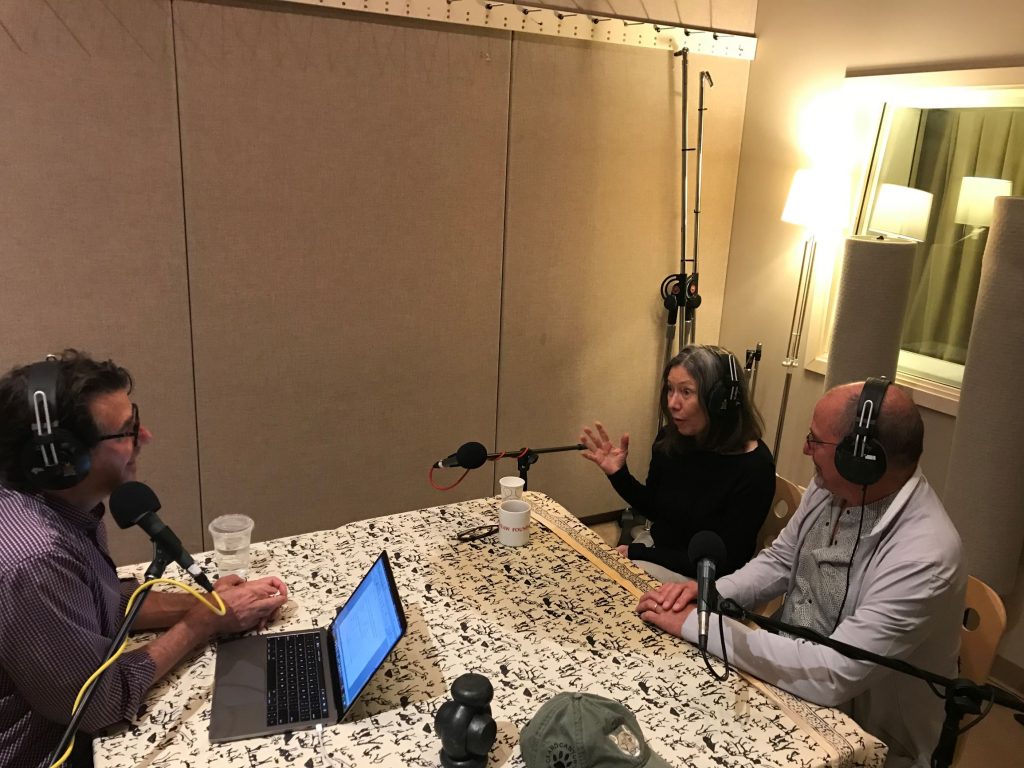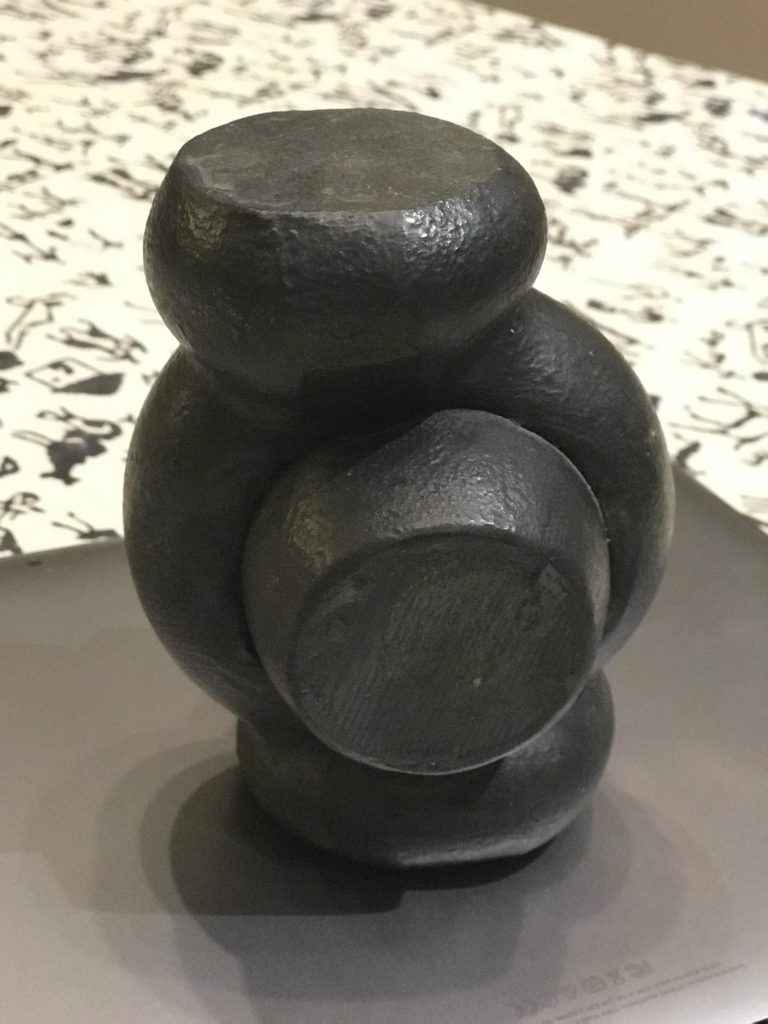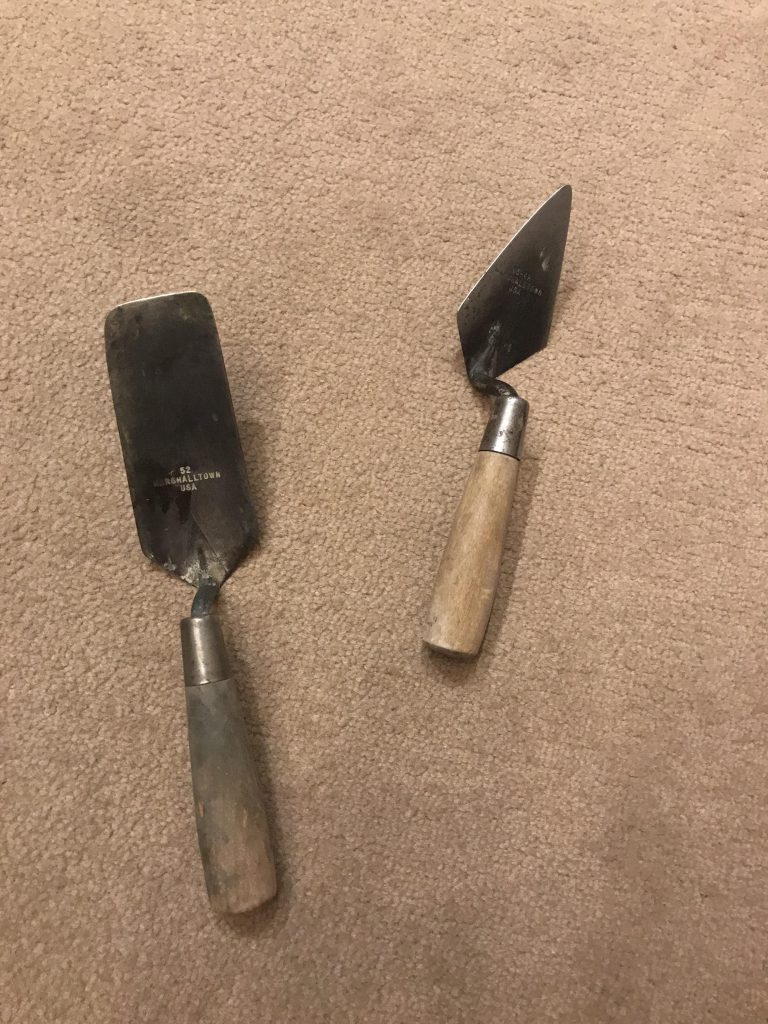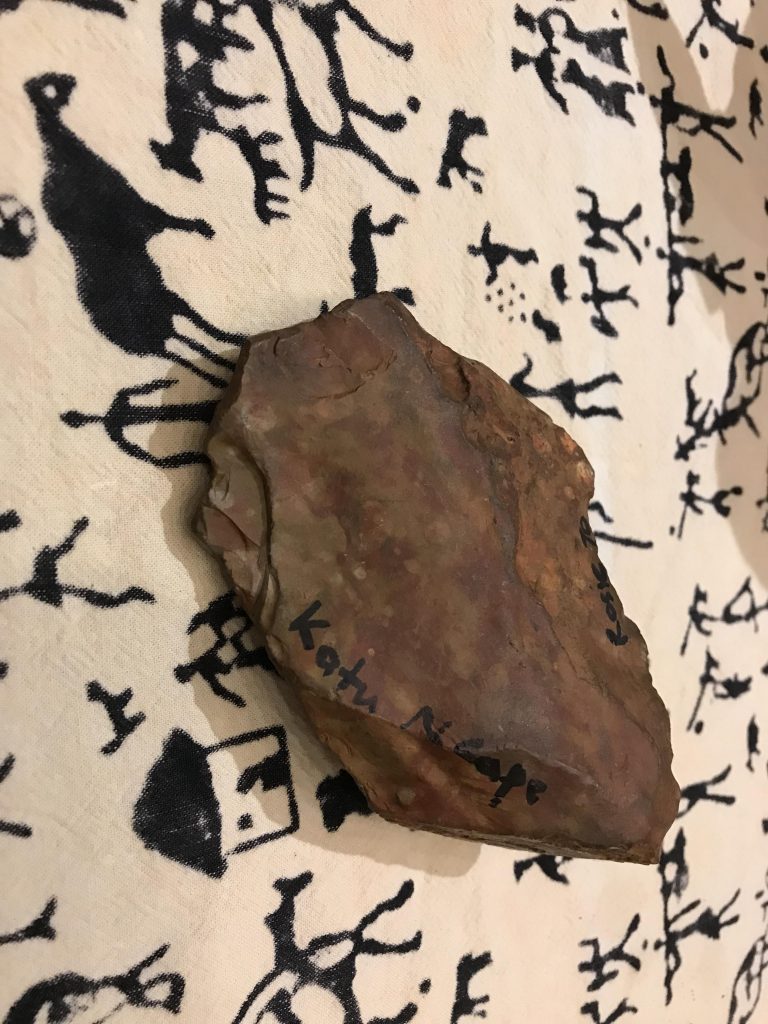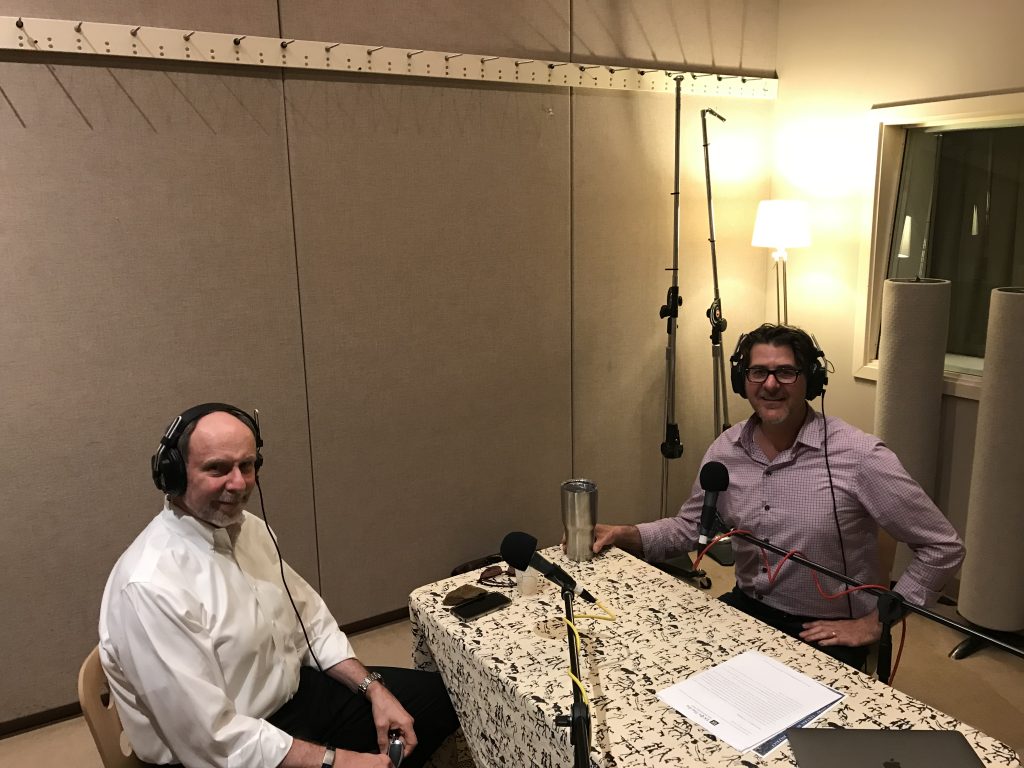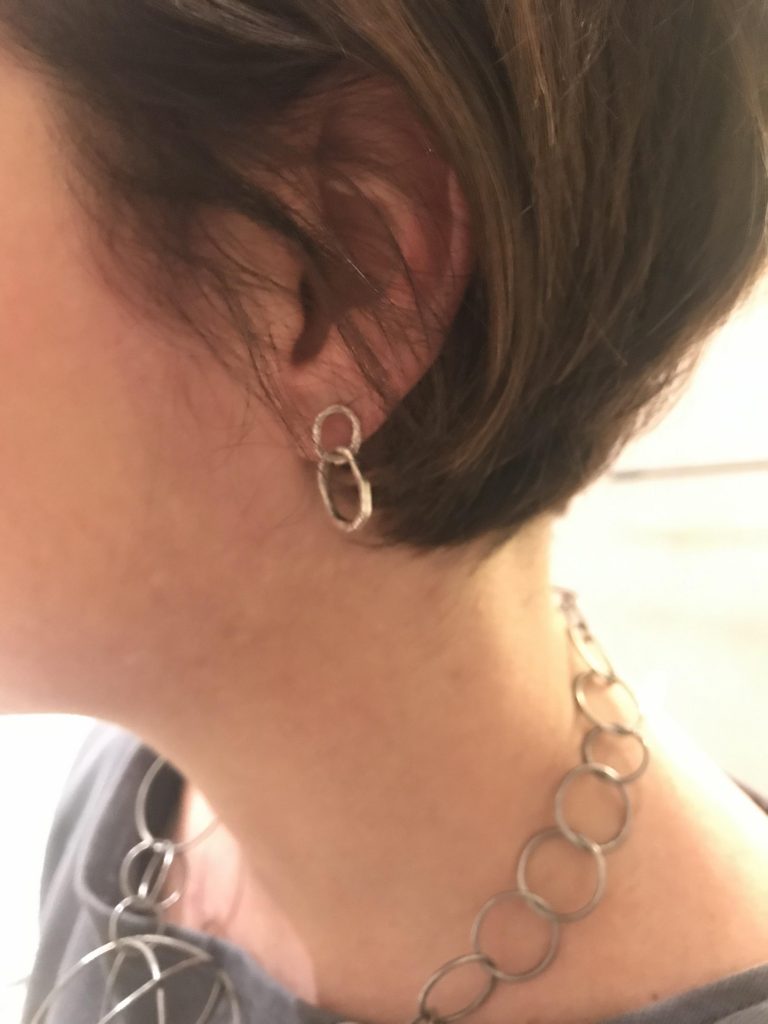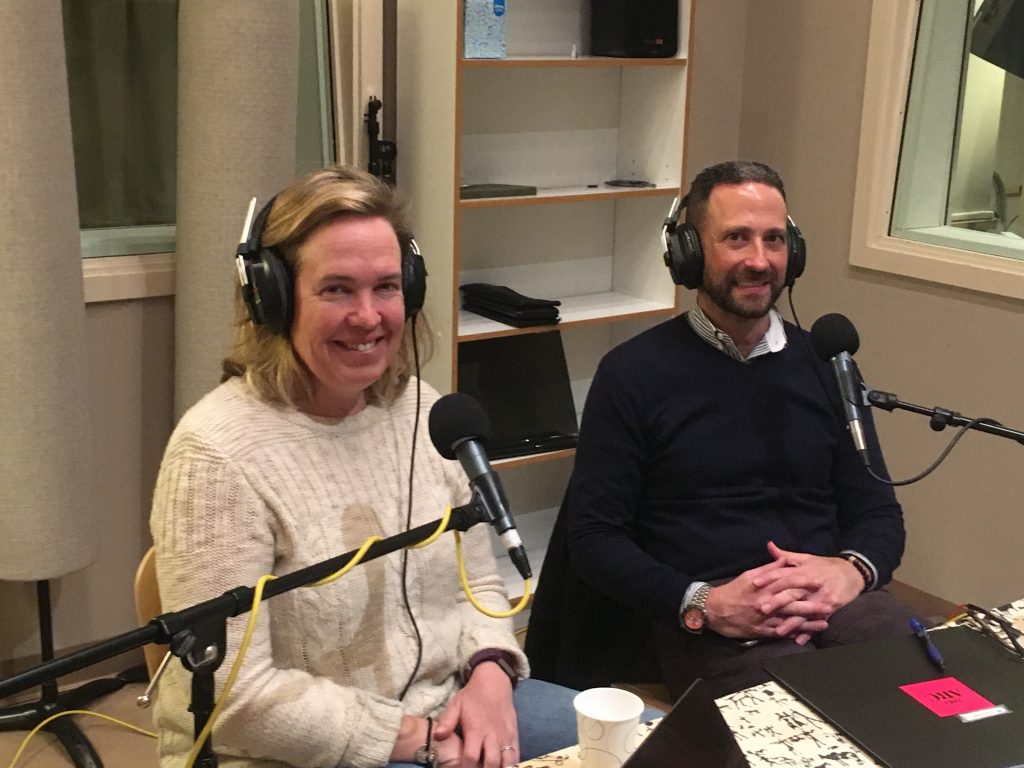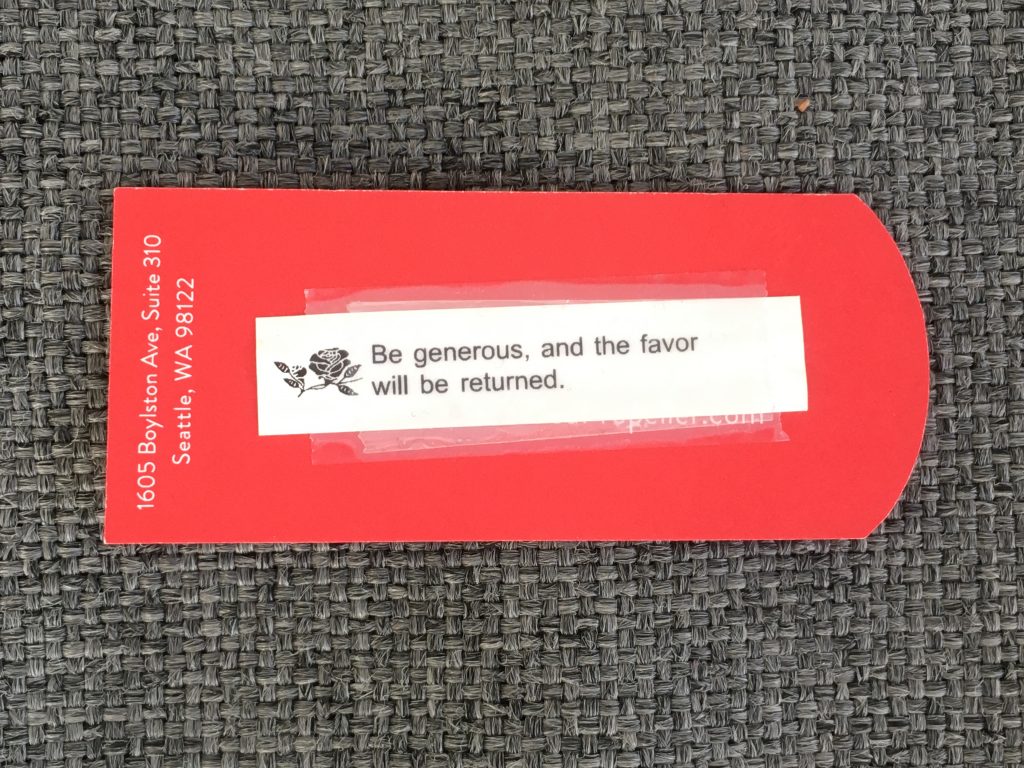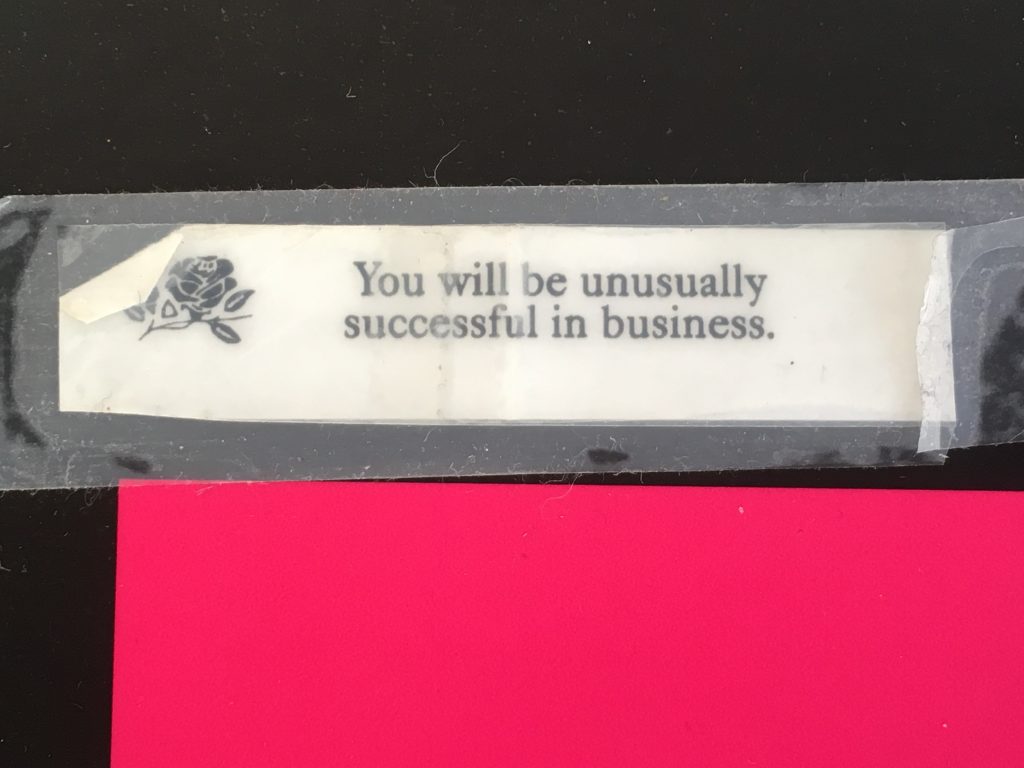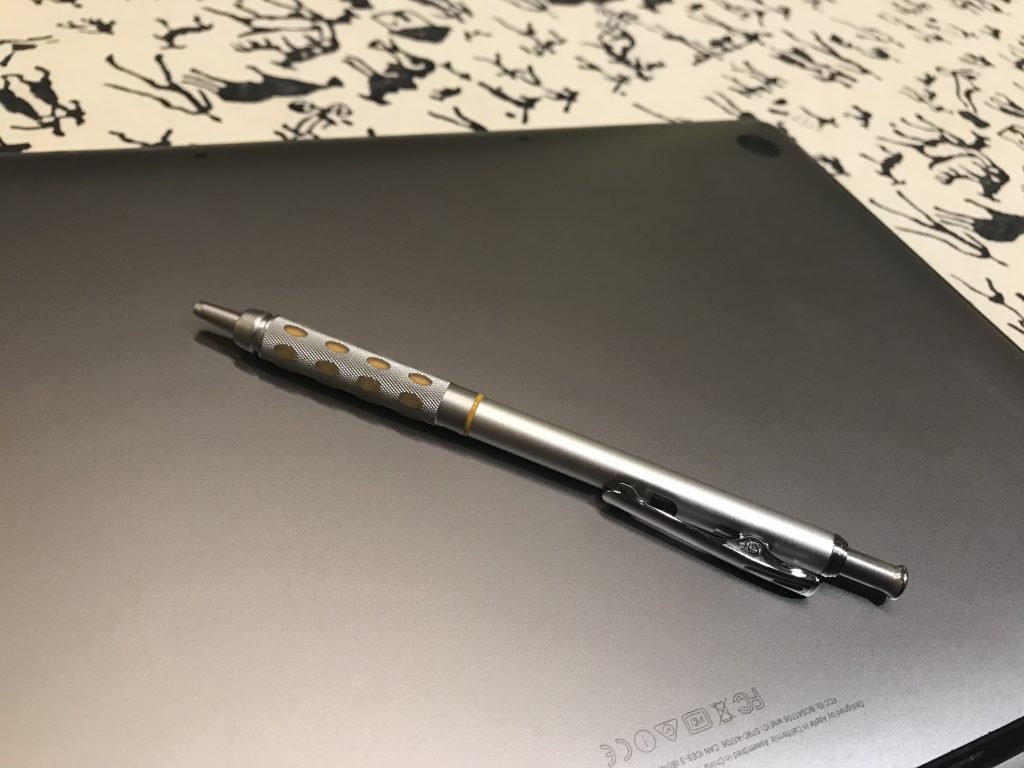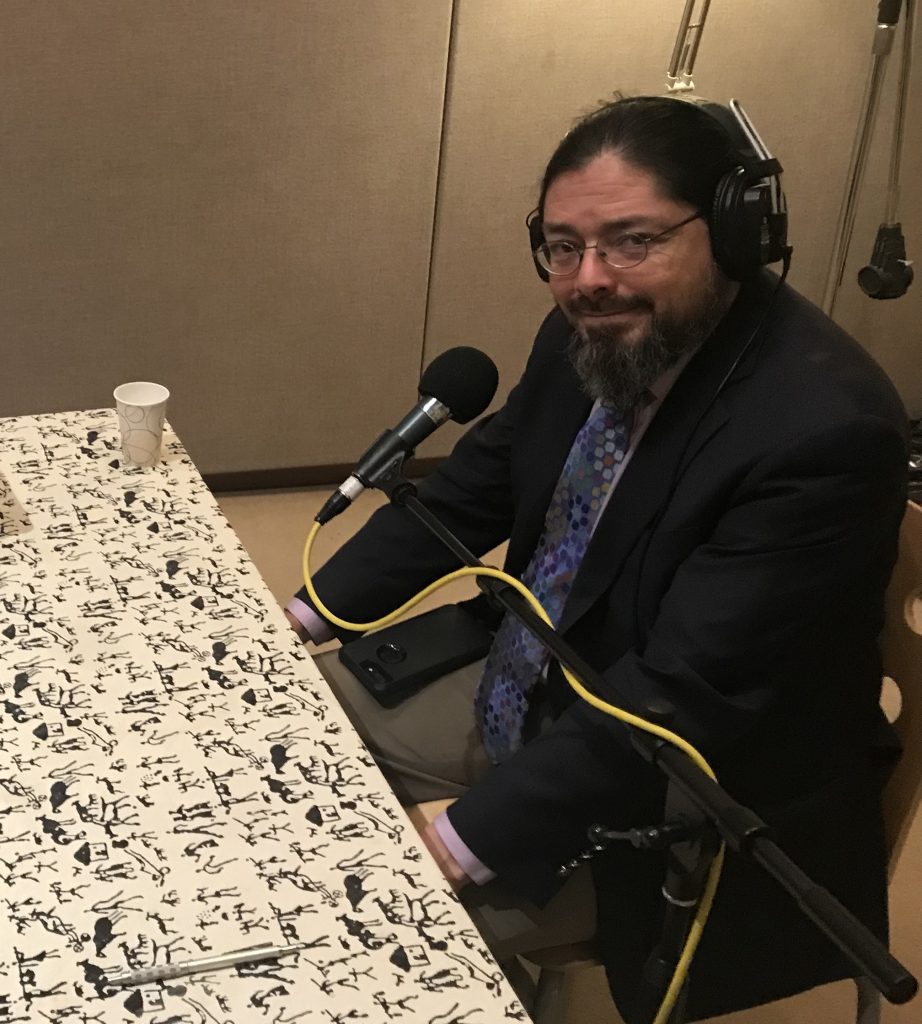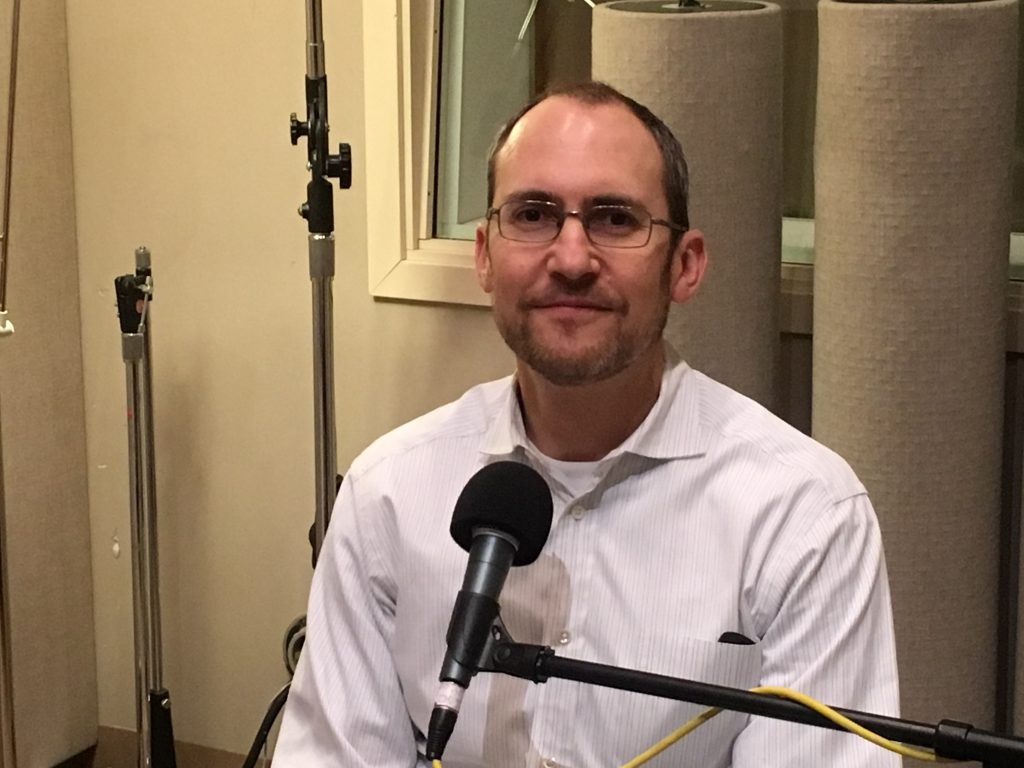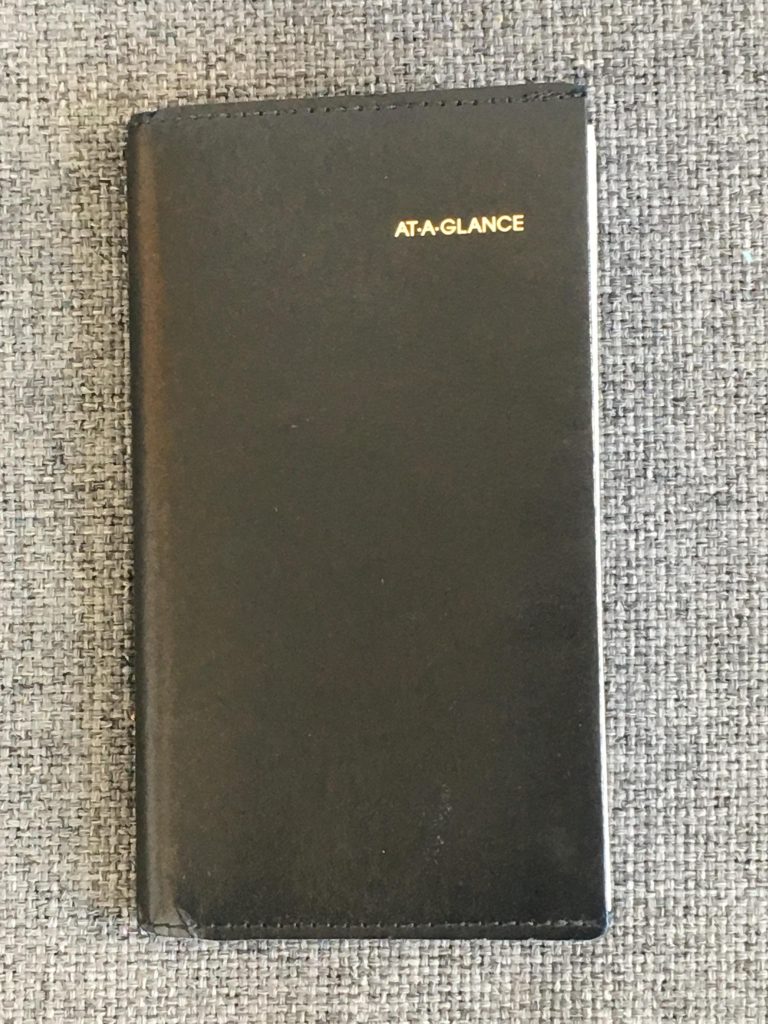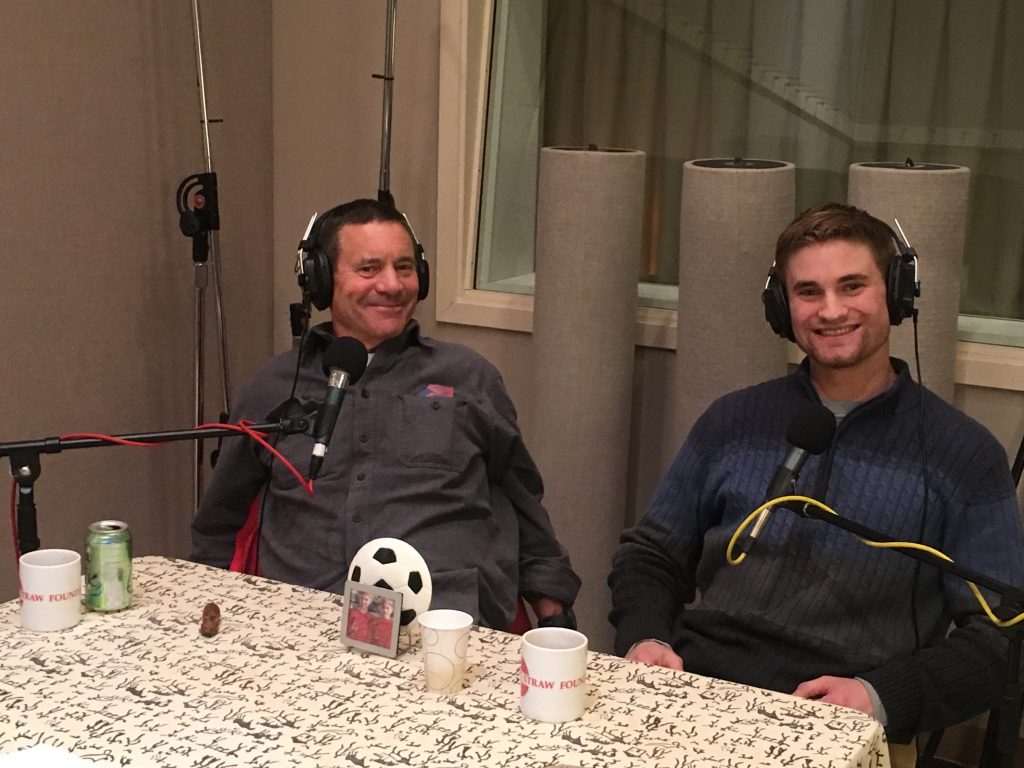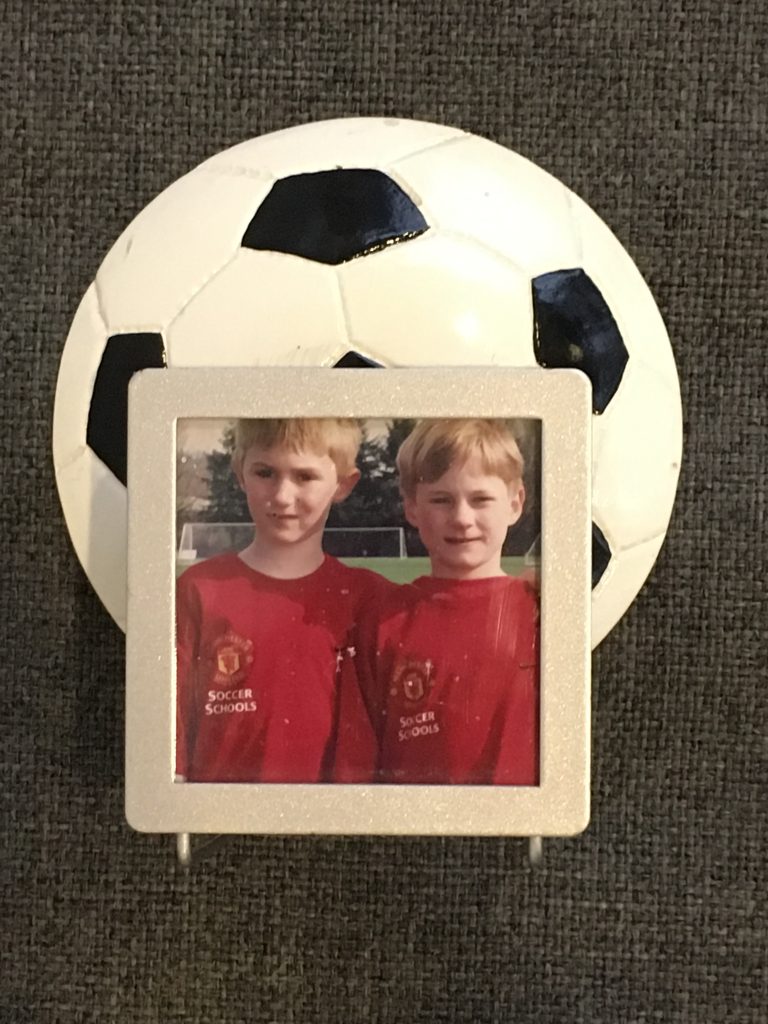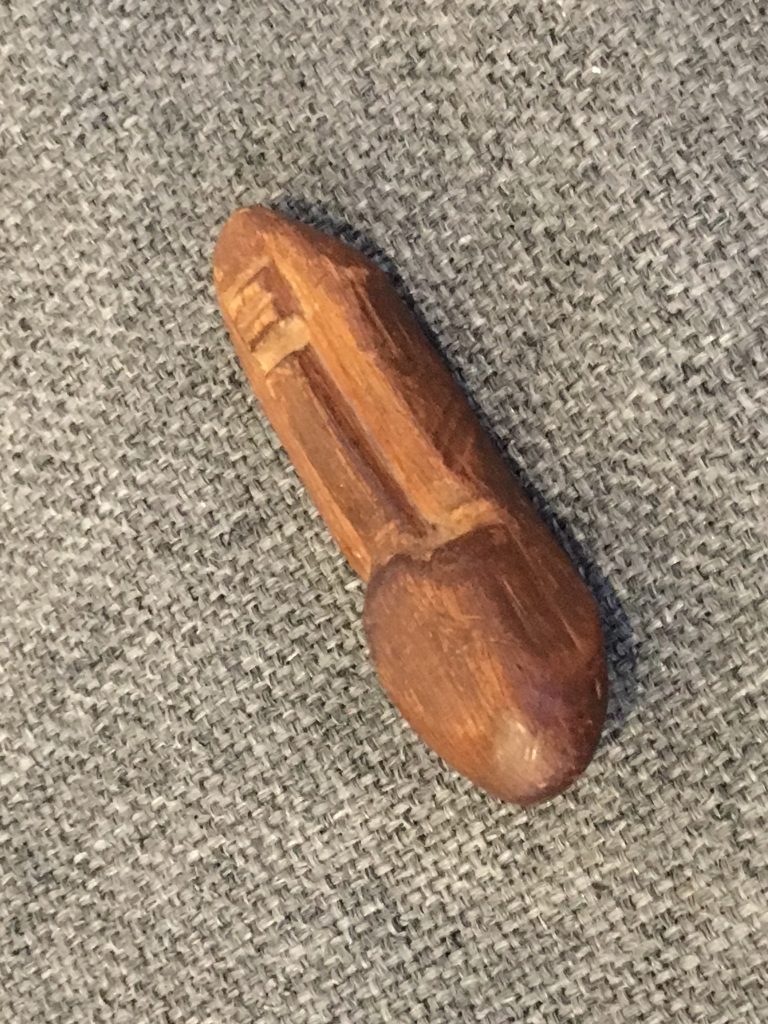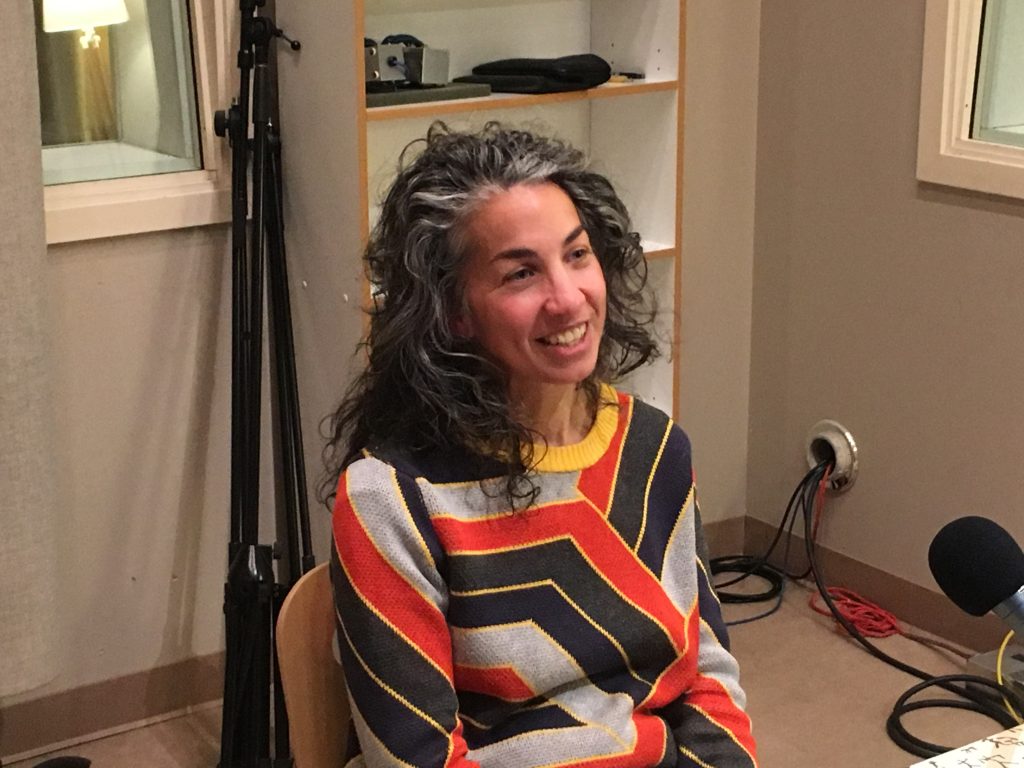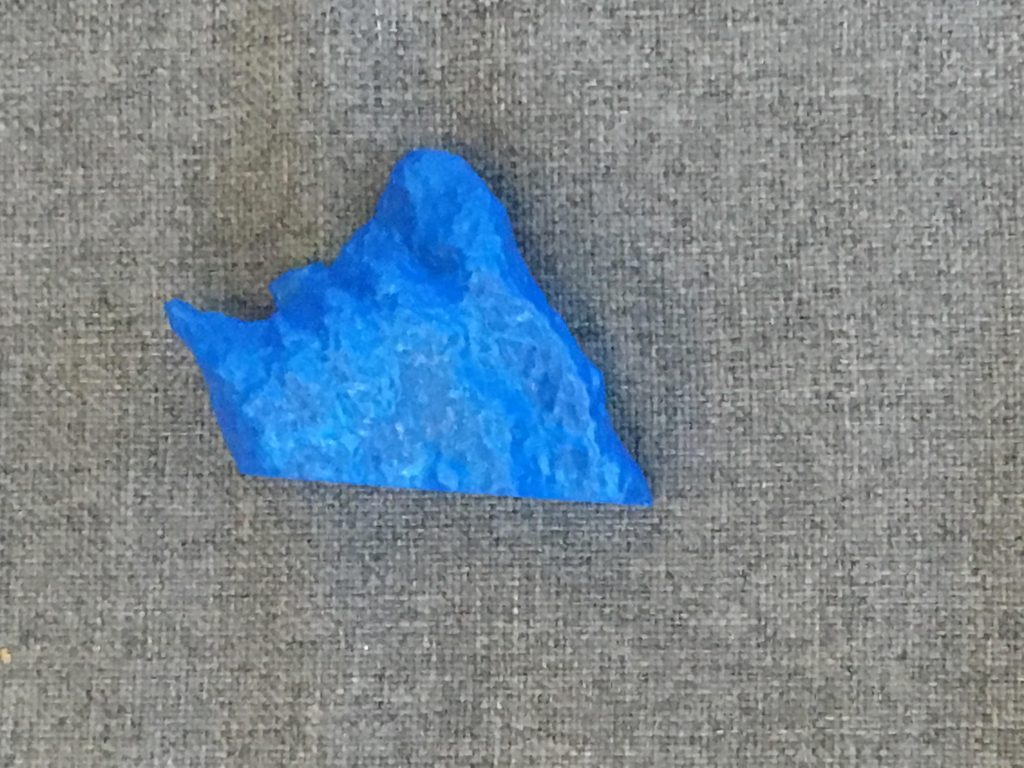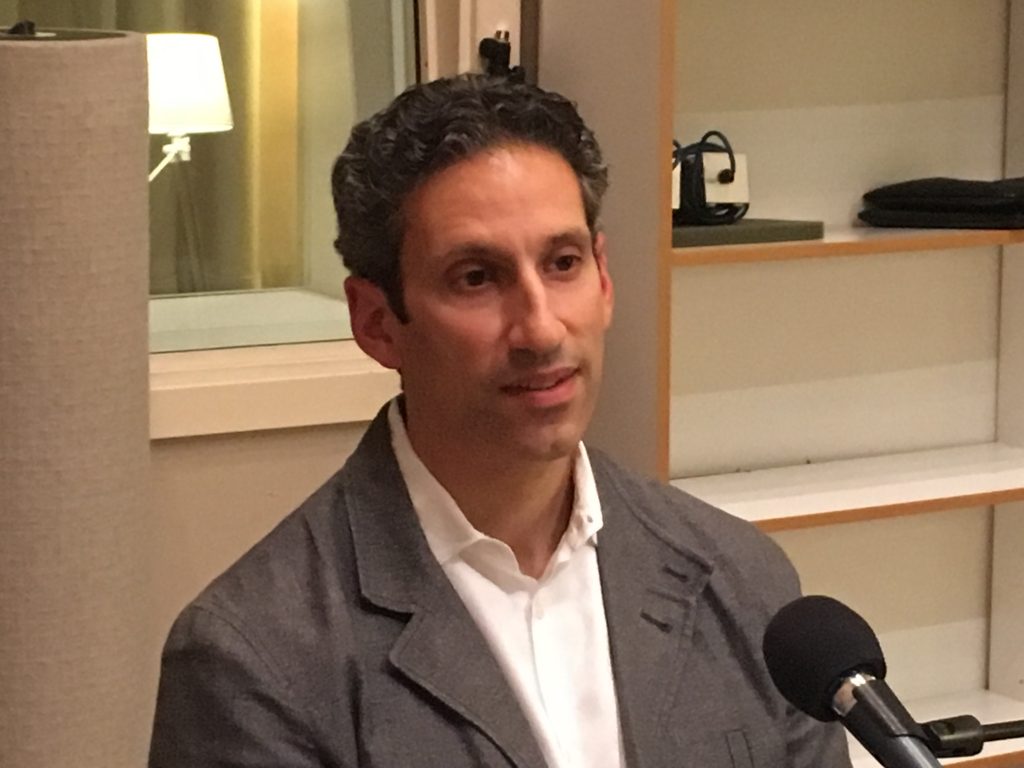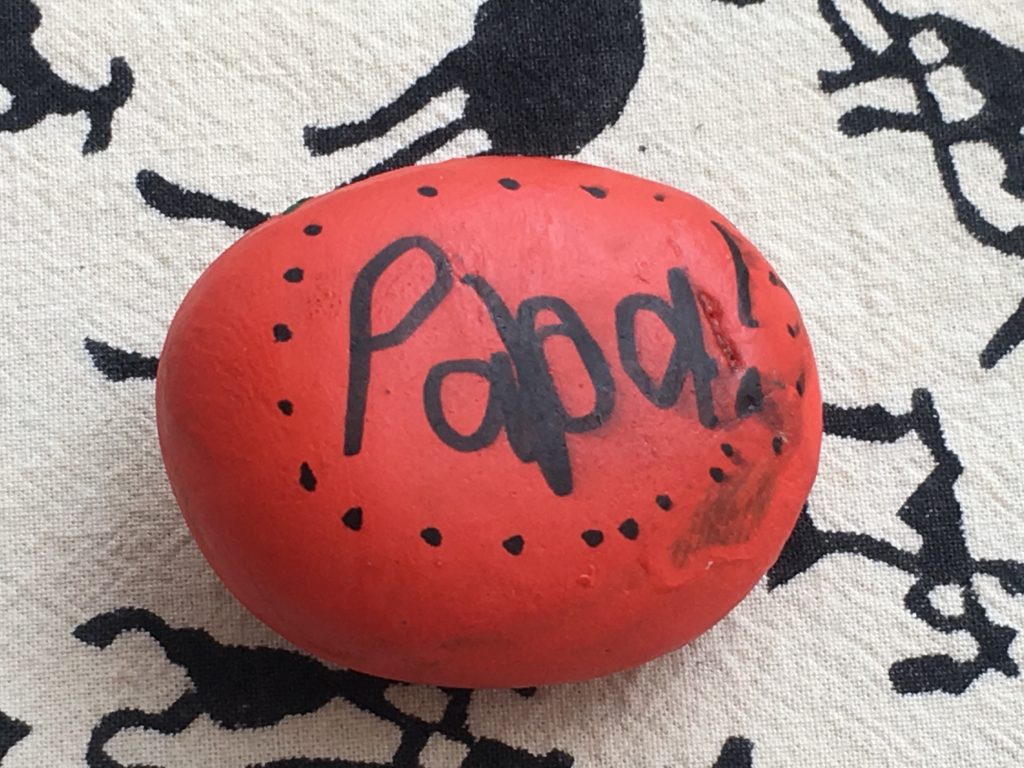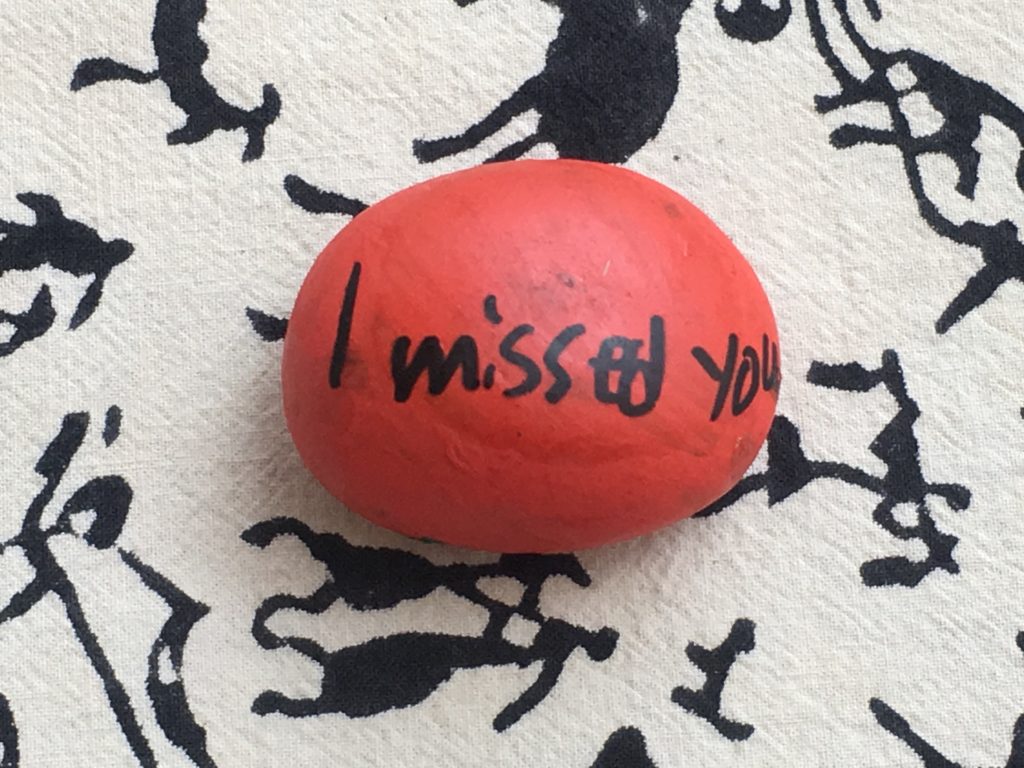Join us in this episode where we will hear from prolific Seattle architect team Ray and Mary Johnston of Johnston Architects (founded 1990).
Mary and Ray have designed many civic and residential buildings all over the city and state, including The Maple Valley Library, South Park Library, Casa Latina Headquarters, The Seattle Humane Society Building, and the Seattle Public Utilities Ship Canal Water Quality Project in Ballard. Inspired by the waters and woodlands of the Pacific Norwest, their work interweaves organic materials and strong modernist forms.
“It makes for an interesting urban texture to have big buildings and little buildings and medium-sized buildings.” - Mary Johnston
Join us in this episode for a conversation with archaeologist Paula Johnson as she puts together puzzle pieces from the past.
A shoe with cleats. A perfume bottle from Detroit. These historical artifacts were found when geothermal wells, intended to supply King Street Station with clean energy, revealed the remains of the Hammond Packing Company, a nineteenth century pork processing plant. Paula works with transit companies and brings her 27 years of archaeological experience to bear on reconstructions of the past from fragments and shards. These discoveries animate and transform our ideas of our municipal history.
“We … tell stories about people who didn’t have a chance to tell stories about themselves.” - Paula Johnson
Sometimes the key to success is being in the right place at the right time with the right attitude. Tune in to a lively and wide-ranging discussion with Paul Suzman, nephew of South African anti-apartheid activist Helen Suzman and founder of OfficeLease, the West Coast’s first commercial tenant/buyer representative (founded 1981). Paul recounts his experiences in the Seattle area handling office leasing during the meteoric rise of tech titan Microsoft. His distinguished clients have included Nordstrom, Laird Norton Wealth Management, and Russell Investments, among many others. R.
Benefit from Paul’s decades-long observation and understanding of Seattle’s power structures and the relation between public and private sectors.
“Downtown is a very, very fragile organism.” - Paul Suzman
Join us in this episode as we talk shop with the executive director of Seattle Architecture Foundation Stacy Segal.
Stacy’s optimistic yet pragmatic perspective on Seattle’s built environment will inspire you to take one of the many tours offered by SAF that introduce tourists and locals alike to the layered history of the city.
“We’re becoming a … global city.” - Stacy Segal
Join us in this episode with Jim Goldberg and Allison Jeffries of Red Propeller as they trace their path into real estate marketing and branding – a journey that contributed to and paralleled Seattle’s emergence from regional to national and global prominence.
Prophetic storytellers skilled at channeling the spirit of a place, Jim and Allison have shaped our lived experience of Seattle. In her formative work in residential marketing for Paul Allen’s real estate company Vulcan, Allison and her team breathed life into the nascent South Lake Union neighborhood. After founding Red Propeller with Jim, she told the stories of such Seattle landmark developments as Stratus & Cirrus, The Danforth, Seabrook, Luma, Amli Arc, Pike Motorworks, Via6, Capitol Hill Station and Panorama.
Learn about current and future transformations of Seattle from this talented team and hear Allison’s insightful reminiscences of Paul Allen and his love for Seattle.
“There’s so much that happens at the street level.” - Jim Goldberg of Red Propeller
Join us in this episode for a conversation spanning Realpolitik, capitalism and moral philosophy with affordable housing activist Roger Valdez, founder of Seattle for Growth.
As the chief lobbyist behind Washington State’s 2005 cigarette ban, Roger understands that social and policy change is incremental and often glacial. Washington’s legislation came a full 40 years after the Surgeon General’s warning – a lesson that advocacy requires stoicism and perseverance. Hear Roger’s prescient economic analysis, influenced by Nobel Laureate F.A. Hayek, of Seattle’s housing crisis and his arguments in favor of further development. Propelled by his Christian faith, Roger embraces urban density as an opportunity for neighborly love and community.
“Abundance does create opportunity, and it creates competition between producers, which benefits the consumer.” - Roger Valdez
Working with local investors who seek positive returns while remaining sensitive to neighborhood needs, Scott has preserved bars, nightclubs, restaurants, and retail spaces that anchor the Pacific Northwest’s music, dining, and shopping scene and built 300 units of micro-housing, as well as a hostel in the International District. His projects include The Lodges on Vashon, Harvard Exit, Queen Anne Beerhall, American Hotel, Melrose Market, Spinnaker Building, Lynnwood Bowl & Skate, Cha Cha Lounge, Chop Suey, and The Crocodile.
Tune in to hear about Scott’s adventures in development and placemaking and hear how he overcame the many challenges he has faced along the way to creating memorable places across the Pacific Northwest.
”There’s … pride in being in a building that’s really beautiful.” - Scott Shapiro
Strap on your toolbelt, pull up your work-boots and join Edward for a constructive discussion with father-son developer duo Bill Parks and Andy Parks.
Bill reminisces about his many innovative residential projects, including Stonewater Lofts in Fremont, a site-specific installation inspired by the orangutan habitat at Woodland Park Zoo and re-created with the help of zoo designers, and Fremont Lofts, influenced by the steep townscapes of Umbria and Tuscany. After decades building Seattle as a contractor, Bill now uses his hands-on experience with materials and techniques, and collaboration with local artisans and fabricators, many of them friends, to make ingenious contributions to the built environment. Learn how Bill’s approach creates common spaces and places for communities to gather.
“My dad has taken a step back from worrying about maximizing efficiency and production and viewed his projects more as a form of expression.” - Andy Parks
Join us in this episode to fly away with Seattle artist Susan Robb, whose work is often both ephemeral and monumental.
Susan speaks with Edward about her subversive multi-media art practices (encompassing sculpture, photography, video, performance, and interventions) in both Seattle and Tacoma, and her artistic project to articulate and represent our emotional connection to place. Her public sculpture Parking Squid, commissioned by the Seattle Department of Transportation and installed at the Seattle Waterfront in 2012 (and since moved to Ballard), combines functional art (bicycles could be tethered to one of the squid’s tentacles) with an evocation of the mysterious creatures lurking in the depths of Puget Sound. Before today’s massive Waterfront redevelopment, the sculpture invited interaction with both city street and natural environment. Be inspired by Susan’s thoughtful engagement with development, regional history, homelessness, and climate change, crystallized in her place-making projects.
“Whose Seattle is this? Do we have a right to our past?” - Susan Robb
Join us in this episode for a chat with innovative architect Bradley Khouri, principal of b9 Architects.
Bradley’s expansive portfolio includes mixed-use and multi-family sustainable buildings across Western Washington. Hear Bradley dish about his experience with rapidly evolving zoning codes and their effect on housing affordability and sustainable architecture; meet a practical architect who is changing the face of Seattle neighborhoods for the future.
“We…approach design as if we’re looking at it for the first time.” - Bradley Khouri

